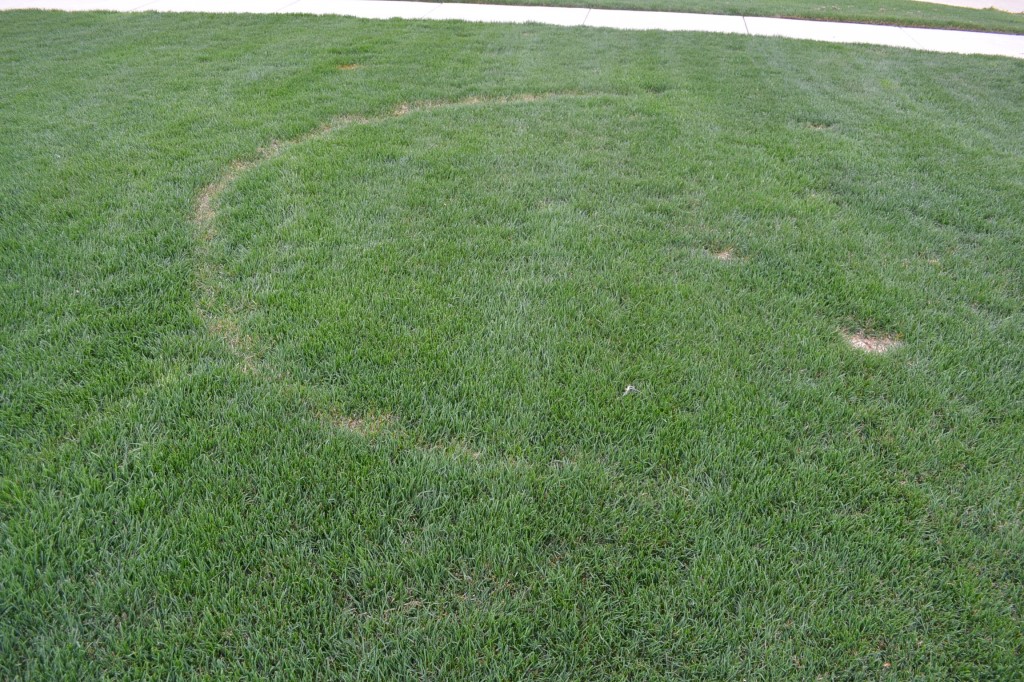Spring turf grass diseases can occur at any time when the conditions warrant. With spring time comes the active growing season for your turf grass. Along with the pleasure of a well maintained lawn comes the headache of spring turf grass diseases. Most spring turf grass diseases are contingent upon weather conditions, while some spring turf grass diseases are caused by poor cultural practices. Proper identification is the key to the treatment of spring turf grass diseases. Implementation of proper horticulture practices will minimize self-inflicted problems with your turf grass. Below is a breakdown by season, what you might expect to find in your turf this year. Depending on where you live and the condition of your turf, you may never encounter some of the following spring turf grass diseases. Broadening your knowledge on a full spectrum of seasonal fungus will allow you to minimize your damage exposure.
Spring turf grass diseases.
Pink Snow Mold
Brown to almost cream color circular patches about 2” to 10” in diameter. The perimeter of the patch has visible spores on the blades of the turf grass white to light pink in color.
Ideal conditions which cause this fungus to thrive are cool wet weather, generally below 50 degrees F to around the freezing level of 32 degrees F. Pink snow mold is generally spotted under wet snow on unfrozen ground. All cool-season turf grass species are susceptible to damage.
Gray Snow Mold
Gray snow mold can wreak havoc on your turf grass. This fungus forms in circular dead patches of up to several feet wide. Dead grass blades turn darker white with no fugal threads evident. Ideal conditions for this fungus are caused by prolonged snow cover with temperatures generally below 50 degrees F to around the freezing level of 32 degrees F. Damage is usually seen during late winter snow melts.
Fairy Rings
Fairy rings are one of the easiest funguses to identify. They can form dark green, thriving turf ring throughout your lawn. They damaged turf areas can look like someone poured extra fertilizer on your lawn. Some fairy rings may produce mushrooms. Some fairy rings may present dead turf in large circular ring as shown above. Ideal conditions for fairy rings to form are cooler temperatures below 60 degrees F down to around 40 degrees F with adequate moisture.

